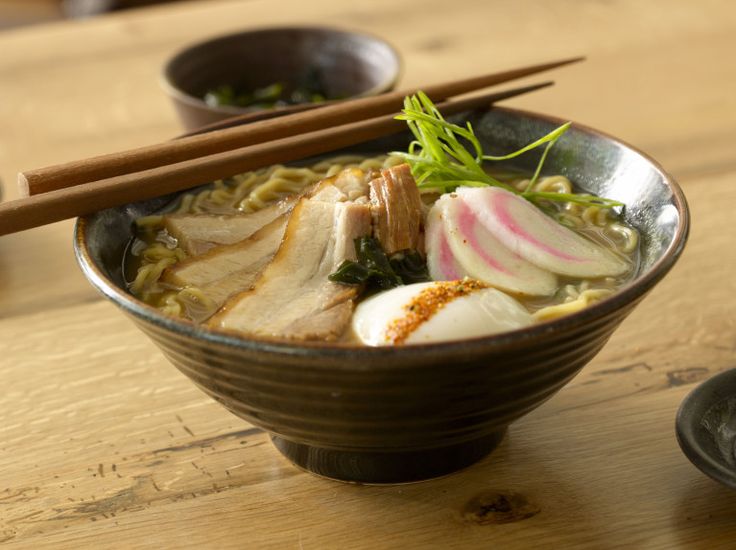Facts About Ramen: Exploring the Rich History and Delightful Varieties
Ramen, a beloved Japanese dish, has captured the hearts and taste buds of people around the world. Beyond its mouthwatering flavors and comforting warmth, there is a fascinating history and a myriad of interesting facts surrounding this iconic noodle soup. In this article, we will delve into the origins of ramen, its cultural significance, and the diverse types of ramen found across Japan. Join us on a culinary journey as we uncover intriguing facts about ramen, providing you with a deeper appreciation for this globally adored dish.
1. The Origins of Ramen:
Ramen's roots can be traced back to China, where it originated as a wheat noodle soup. It was introduced to Japan in the late 19th century by Chinese immigrants. Initially, ramen was consumed by Chinese laborers and students in Japan.
However, over time, it gained popularity and evolved into a uniquely Japanese dish.

facts about ramen
2.The Significance of Ramen in Japanese Culture:
Ramen has become an integral part of Japanese culture, ingrained in the nation's culinary identity. In Japan, ramen is not just a dish; it is an experience.
Ramen shops, known as ramen-ya, are scattered across the country, offering locals and tourists alike an opportunity to savor this delectable soup. These shops often have distinct styles and flavors, representing different regions and techniques.
3. Regional Varieties of Ramen:
Japan boasts a wide array of regional ramen varieties, each with its own unique characteristics and flavors. Let's explore some of the most famous ones:
-Tonkotsu Ramen: Hailing from Fukuoka, this ramen features a rich, creamy broth made from simmered pork bones, resulting in a flavorful and satisfying bowl.
-Shoyu Ramen: A classic Tokyo-style ramen, shoyu ramen is characterized by its soy sauce-based broth, providing a balanced and savory taste.
-Miso Ramen: Originating from Hokkaido, miso ramen incorporates a fermented soybean paste called miso into the broth, giving it a robust and tangy flavor.
-Tsukemen: Unlike traditional ramen, tsukemen involves dipping cold noodles into a separate bowl of concentrated broth, intensifying the flavors and adding a unique dining experience.
-Vegetarian and Vegan Ramen: In recent years, vegetarian and vegan ramen options have gained popularity. These variations use plant-based broths and ingredients, catering to those with dietary preferences or restrictions.

facts about ramen
4. Ramen in Pop Culture:
Ramen's influence extends beyond the realm of food. It has made appearances in various forms of popular culture, including movies, anime, and even video games.
Films like "Tampopo" and Studio Ghibli's "Ponyo" showcase the significance of ramen in Japanese society, while the game "Final Fantasy XV" features a character who is an ardent ramen lover. This cultural integration has further elevated the global fascination with ramen.
5. Conclusion:
Ramen, with its rich history, diverse flavors, and cultural significance, continues to captivate people worldwide.
Whether you're slurping down a steaming bowl of tonkotsu ramen in Fukuoka or enjoying a vegetarian ramen in Tokyo, each experience offers a glimpse into the intricate world of ramen.
So next time you savor this iconic dish, take a moment to appreciate the origins, regional varieties, and cultural impact that make ramen a truly extraordinary culinary delight.